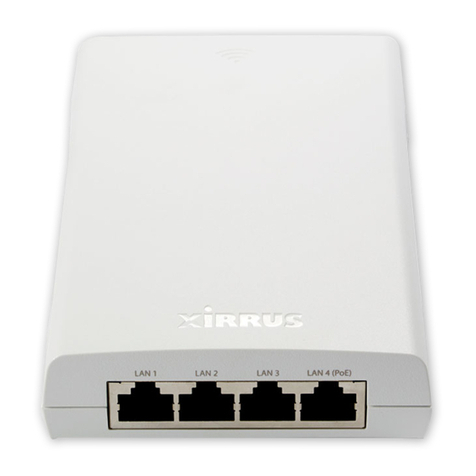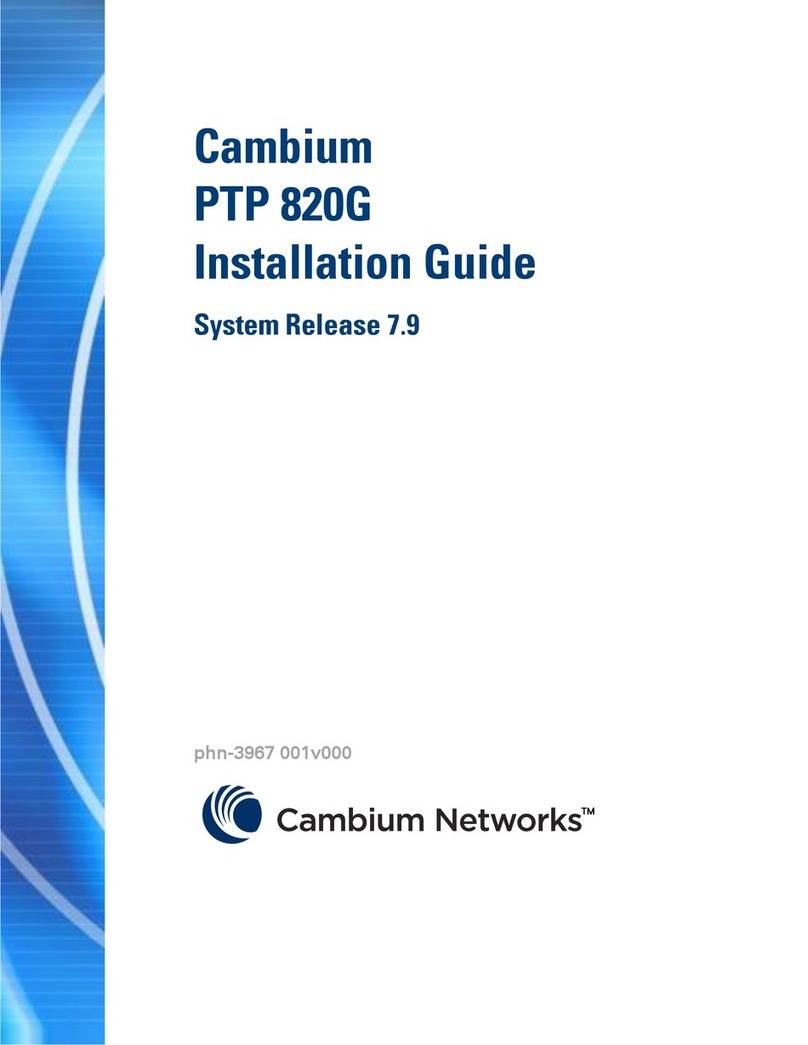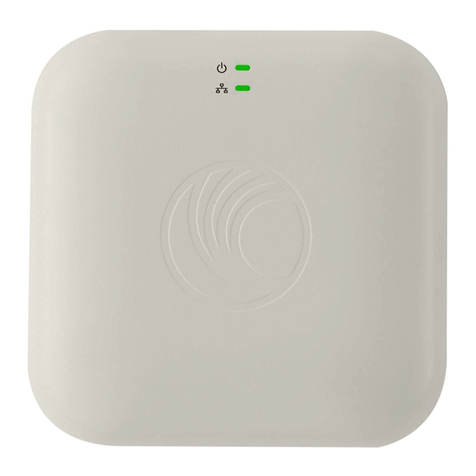
Configuration options for TDD synchronization .............................................................................................. 2-76
Data network planning......................................................................................................................................2-78
Understanding addresses...........................................................................................................................2-78
Dynamic or static addressing..................................................................................................................... 2-78
DNS Client................................................................................................................................................ 2-78
Network Address Translation (NAT)........................................................................................................2-79
Developing an IP addressing scheme........................................................................................................2-80
Address Resolution Protocol.....................................................................................................................2-80
Allocating subnets..................................................................................................................................... 2-80
Selecting non-routable IP addresses.......................................................................................................... 2-81
Translation bridging .................................................................................................................................. 2-81
Engineering VLANs.................................................................................................................................. 2-82
Security planning.............................................................................................................................................. 2-85
Isolating BHMs from the Internet ............................................................................................................. 2-85
Managing module access by passwords....................................................................................................2-85
Filtering protocols and ports......................................................................................................................2-89
Port Lockdown.......................................................................................................................................... 2-92
Isolating BHSs...........................................................................................................................................2-92
Filtering management through Ethernet....................................................................................................2-92
Allowing management from only specified IP addresses.......................................................................... 2-92
Configuring management IP by DHCP.....................................................................................................2-93
Planning for airlink security......................................................................................................................2-93
Planning for RF Telnet Access Control..................................................................................................... 2-93
Forwarding Downlink PPPoE PADI packets............................................................................................ 2-93
Planning for SNMP security......................................................................................................................2-94
Ordering components........................................................................................................................................ 2-95
PTP 450 component part numbers............................................................................................................. 2-95
Chapter 3: Legal information .......................................................................... 3-99
Cambium Networks end user license agreement ............................................................................................3-100
Acceptance of this agreement.................................................................................................................. 3-100
Definitions...............................................................................................................................................3-100
Grant of license .......................................................................................................................................3-100
Conditions of use..................................................................................................................................... 3-100
Title and restrictions................................................................................................................................3-101
Confidentiality......................................................................................................................................... 3-102
Right to use Cambium’s name.................................................................................................................3-102
Transfer ...................................................................................................................................................3-102
Updates....................................................................................................................................................3-102
Maintenance ............................................................................................................................................3-103
Disclaimer ...............................................................................................................................................3-103
Limitation of liability .............................................................................................................................. 3-103
U.S. government......................................................................................................................................3-104
Term of license........................................................................................................................................3-104
Governing law.........................................................................................................................................3-104
Assignment.............................................................................................................................................. 3-104
Survival of provisions..............................................................................................................................3-104































